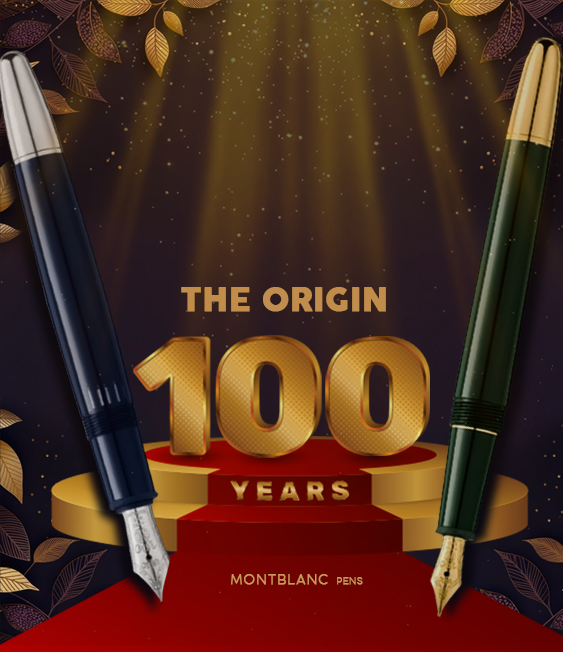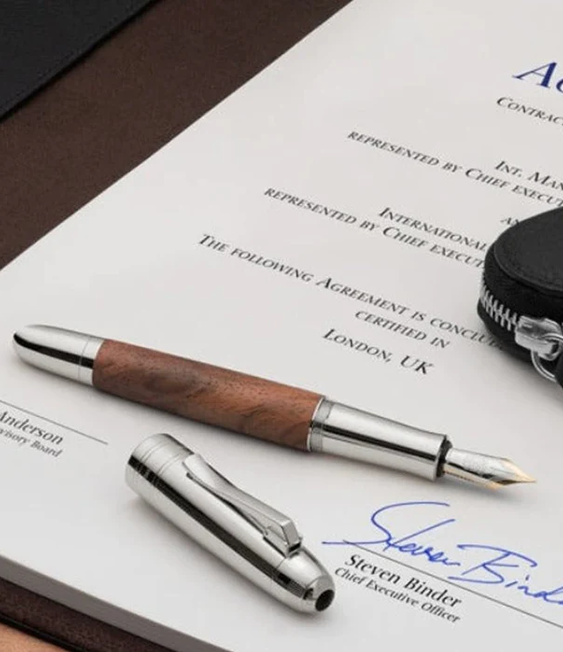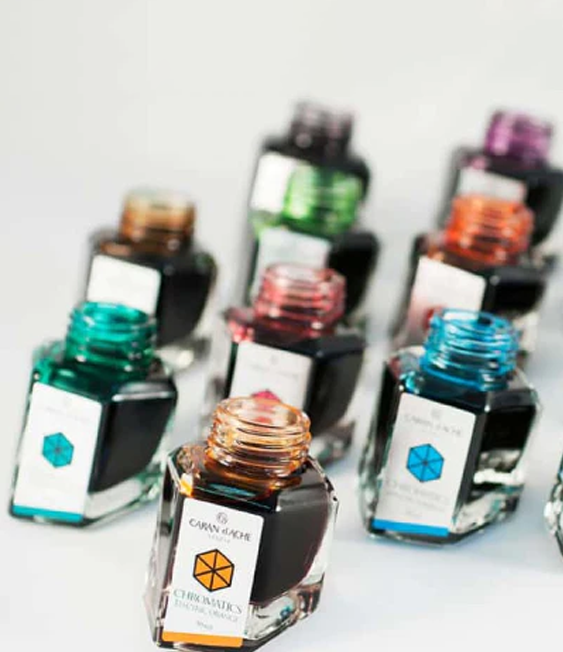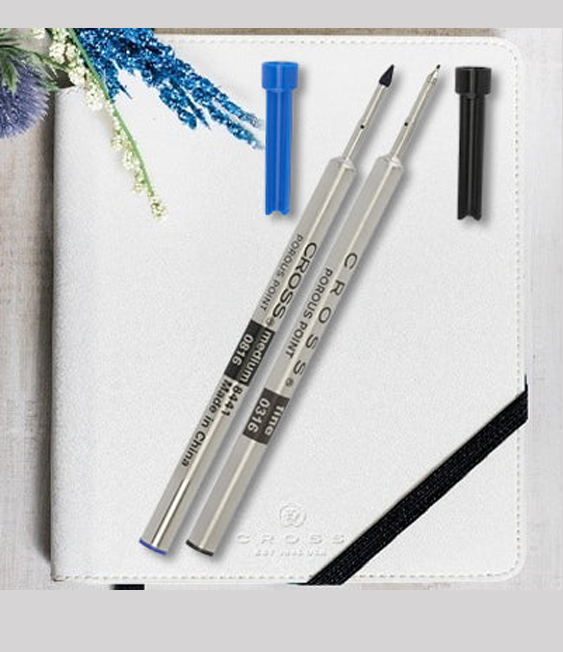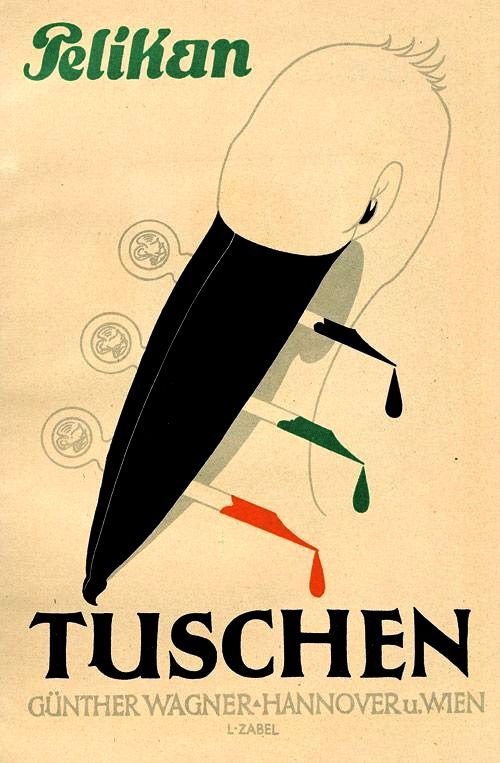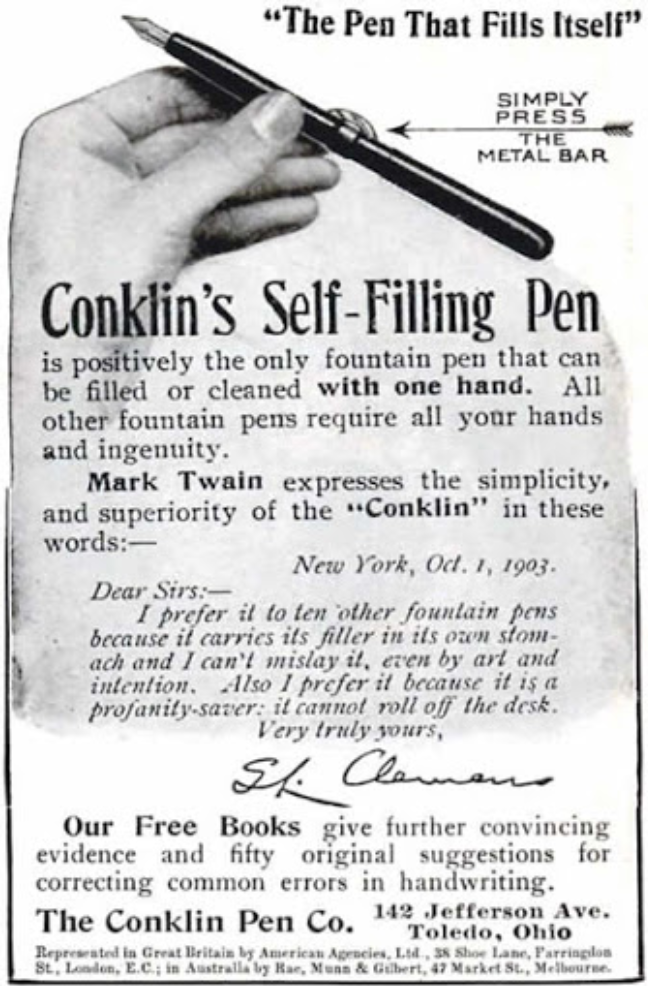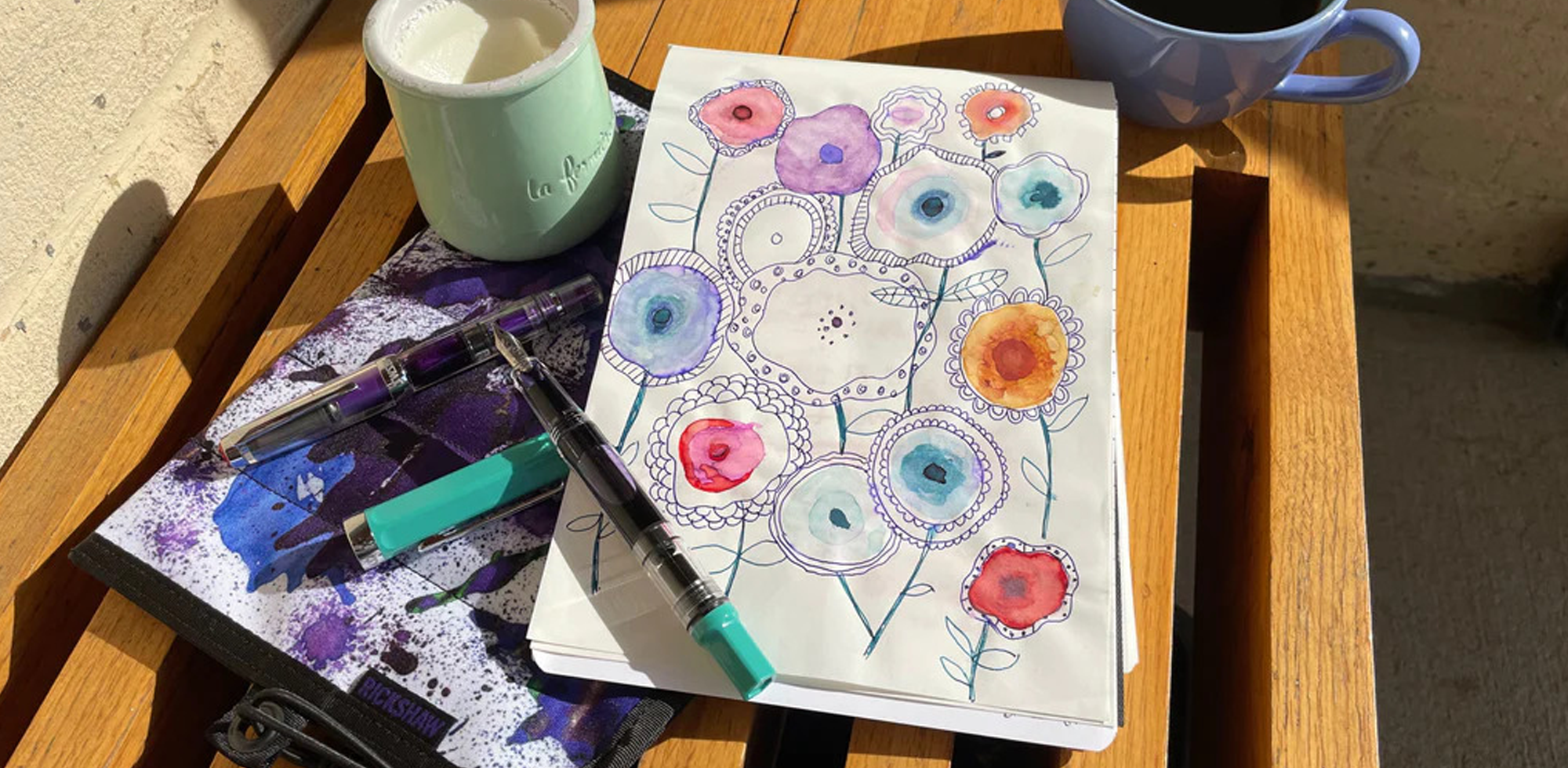The production and sale of printing inks in the United States is a multi-billion dollar a year industry. However, with the decline of print news and other media, the primary uses for ink have shifted. Among businesses, the highest demand for ink is for use in printing packaging for retail items. Ink is also commonly used in households across the country to write and print documents and photos. How much do you really know about ink, though?

(Pixabay / Bru-nO)
Who invented ink and pens?
Historical records show that ink has been around for centuries. Ancient inks, however, only vaguely resemble the ink that we use in rollerball or fountain pens that we now use. The earliest forms of ink were crude, but effective, concoctions made of common household ingredients. Ancient Egyptians made inks from lampblack (soot) from their fires, which was readily available in every household. Often, lead was added to the ink to make it dry faster. In China, writing implements similar to modern inksticks showed up around 256 BC. These inksticks were made by mixing soot and animal glue. Over time, higher quality implements used pine resin instead.
The first writing tool resembling the modern pen did not show up until 953 AD. The caliph of Egypt, Ma’ad al-Mu’izz was tired of staining his hands and his clothes with ink each time he wrote. He demanded a cleaner writing tool. The result of his request was the development of a pen that had an internal reservoir to hold the ink. Thus, his hands and clothes no longer came in contact with the ink.
While these pens and inks were fine for writing by hand on papyrus and other cellulose-based papers, they did not work well in the printing presses later developed in Europe. In the 15th century, Johannes Gutenberg noted that standard inks of the day blurred and smudged when he used them to print. He needed something better. Building off of the designs of the past, Gutenberg mixed soot and varnish with egg white to produce a more stable ink that would stay put. In the following centuries, others fine-tuned his recipe until it more closely resembled modern inks that we use today.
What is ink made of?
The primary ingredients of ink are a colorant, a carrier or vehicle, and additives. Each element used in this recipe adds to the ink’s properties and varies among different types of ink.
Carrier
The carrier or vehicle of the ink is the base. The majority of the ink by volume will consist of this base. While some inks are solid or pasty in consistency, most pen inks are liquid. This liquid gives the ink viscosity and allows it to flow. Common carriers are water and alcohols.
Colorant
The colorant is added to the carrier and is the element that gives the ink its color. There are two main types of colorants with very different properties.
-
Pigment – Pigments are insoluble, meaning that they do not dissolve in the carrier fluid. Rather, they stay in suspension in the carrier. When the ink is applied to a piece of paper, the carrier fluid soaks into the paper, leaving the color on the surface. Depending on the ink’s color intensity, the pigment may make up 5-30% of the ink by volume. Despite the fact that pigment-based inks can be more expensive and may produce less consistent color, they are still quite common. A part of that is owing to the fact that they are colorfast and resist fading in UV light.
-
Dyes – Unlike pigments, dyes are soluble, which gives them a couple of notable advantages. Dye-based inks are capable of producing richer color and a broader spectrum of colors. It also allows the ink to soak into the paper, causing a permanent color change. Inks of this nature cannot be removed with water, alcohol, or other solvents. For this reason, it is often used to print currency and to prevent other types of counterfeiting.
There is a drawback to soaking the paper, though. As the ink soaks into the paper, it spreads and blurs at the edges. One way to counteract this bleed is to add a solvent to the ink to shorten the drying time. Another common method to prevent bleed is to coat the paper with a substance that will bind the ink in place. In some cases, the ink and paper have opposite electrical charges, causing them to be attracted to one another.
Additives
Many different types of additives may be included in inks, depending on the type and use of the ink in question. Some additives affect the flow, the thickness, or the dry appearance of the ink. Others change the way the ink behaves, such as shortening the drying time or increasing the ink’s flow rate. These characteristics make the ink more useful for particular situations.
Modern inks have come a long way, baby! As opposed to their primitive counterparts, they employ a wide variety of ingredients and technologies to cater to today’s needs. To that, we say, “All the better to write with!” And that’s where we come in. To see our selection of fine writing instruments, including decorative ballpoint pens, fountain pens (and ink cartridges) and rollerball pen kits, check out our website or visit our Maryland pen store.

